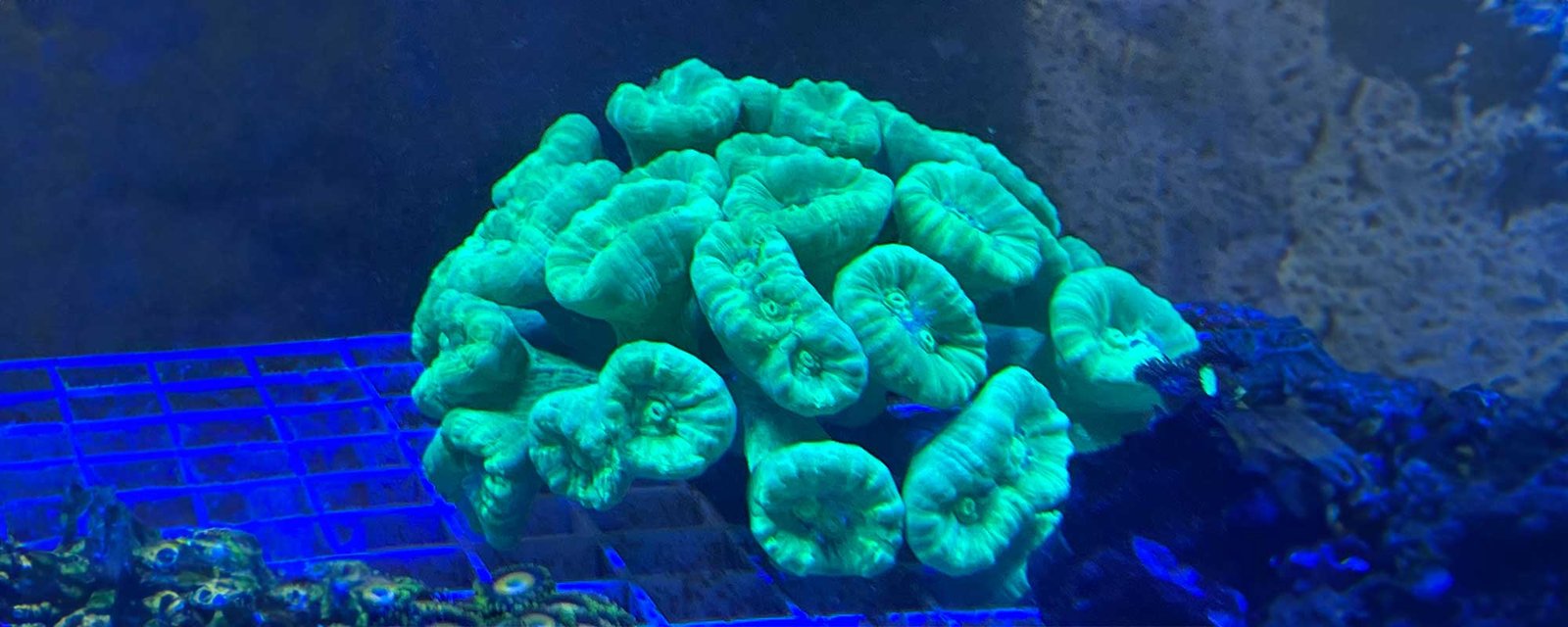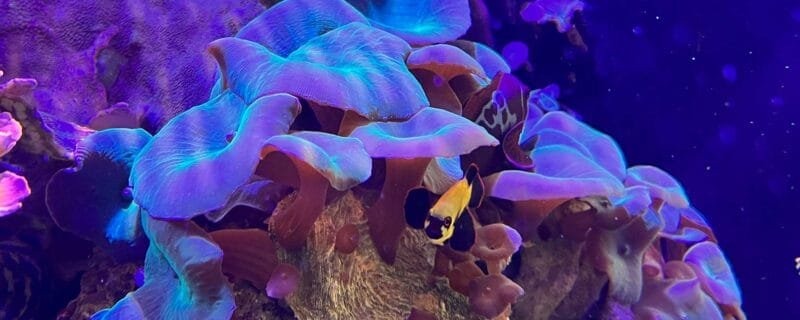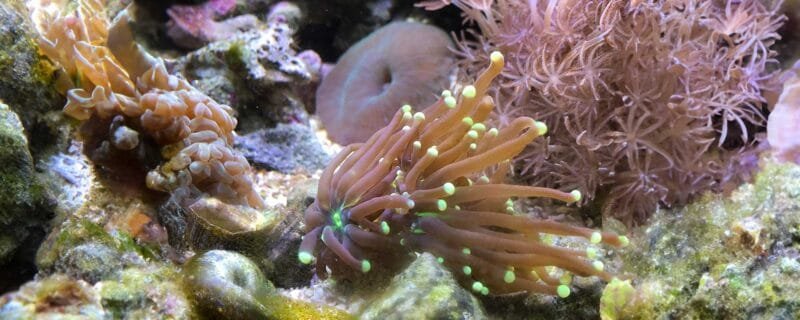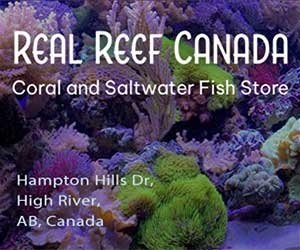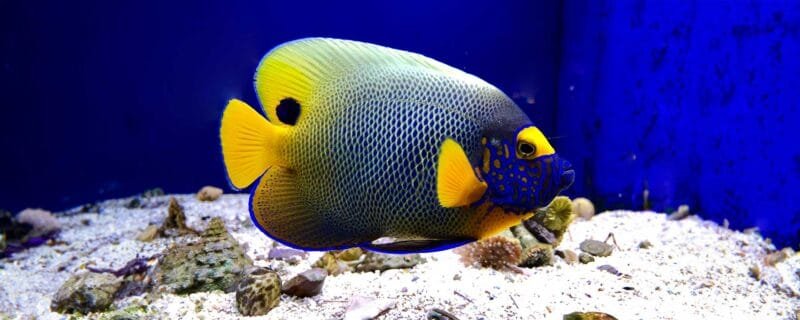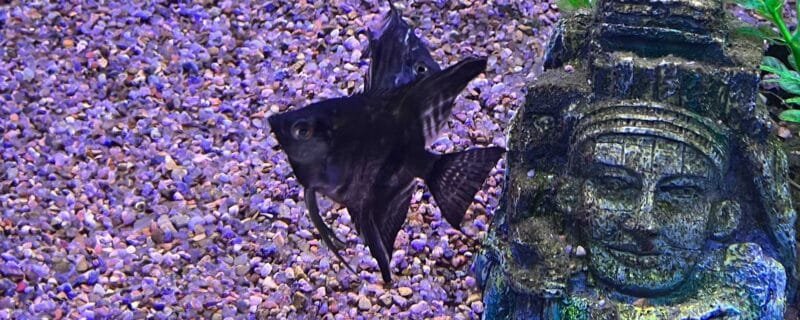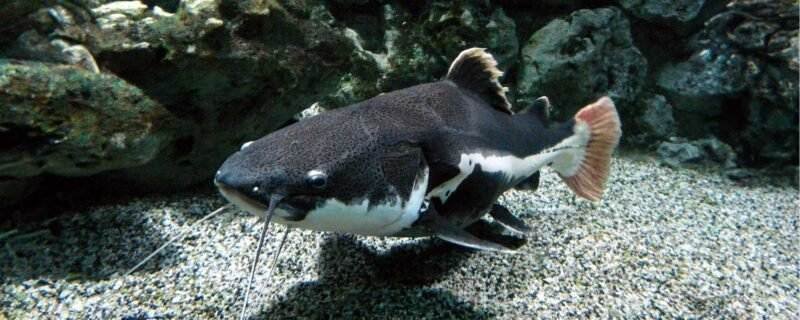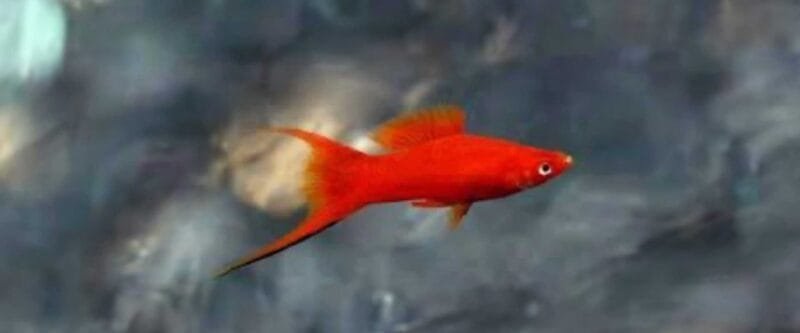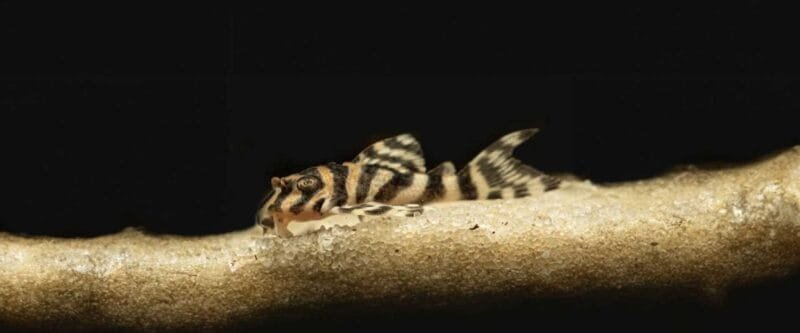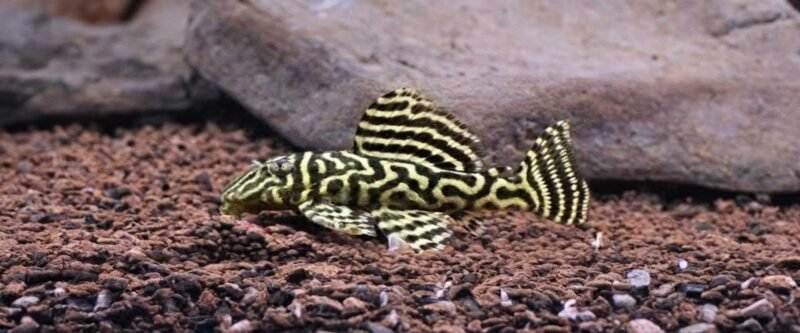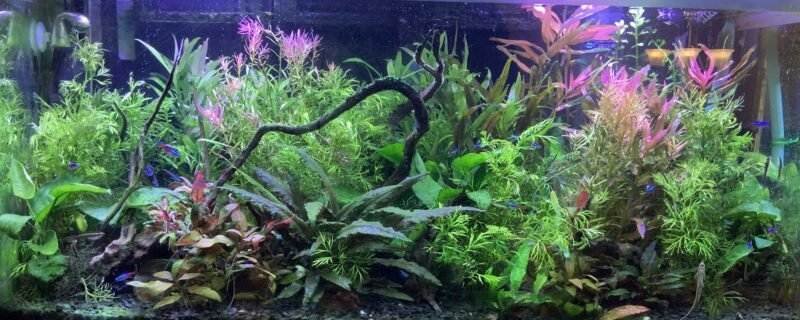Unwrapping the Allure of the Candy Cane Coral: A Comprehensive Guide
The Candy Cane Coral, scientifically known as Caulastrea furcata, is a delightful addition to the marine aquarium world. In this blog post, we will unravel the captivating world of the Candy Cane Coral, from its scientific name to its care requirements and unique features.
Latin Name and Size
The Candy Cane Coral, scientifically classified as Caulastrea furcata, typically forms compact colonies with individual polyps. These polyps are relatively small, averaging between 0.5 to 1 inch in diameter.
Natural Habitat
In the wild, Candy Cane Corals are found in various regions of the Indo-Pacific Ocean, including areas such as Fiji, Indonesia, and the Great Barrier Reef. They thrive in shallow waters, often on rocky substrates and reef slopes.
Categorization
The Candy Cane Coral is classified as a Large Polyp Stony (LPS) coral. LPS corals, like Caulastrea furcata, are known for their larger polyps and calcium carbonate skeletons, which contribute to their distinct appearance and growth.
Varieties
Within the Caulastrea genus, there are various species and color morphs of Candy Cane Corals. These variations can include striking combinations of colors, including green, pink, purple, and even fluorescent hues.
Diet
Candy Cane Corals are primarily photosynthetic, relying on symbiotic zooxanthellae within their tissues for nutrition. However, they are also capable of actively capturing small prey, such as zooplankton and microorganisms, using their stinging tentacles. While they can obtain some nutrients through photosynthesis, supplementing their diet with marine foods designed for LPS corals can promote their health and vibrancy.
Alternative Names
This coral is commonly referred to by alternative names such as Candy Cane, Trumpet Coral, or Bullseye Coral, reflecting its distinctive appearance and polyp shape.
Feeding Requirements
While Candy Cane Corals can survive on photosynthesis alone, regular feeding can enhance their growth and coloration, especially in aquariums with lower light levels. Offering a diet of small, meaty foods like brine shrimp, mysis shrimp, or specialized coral food can be beneficial.
Fragging
Fragging, or coral propagation, is possible with Candy Cane Corals. They can be fragged by carefully cutting a portion of the colony and attaching it to a suitable substrate. Proper precautions and safety measures are essential during fragging to prevent harm to the parent colony.
Water Conditions
Maintaining stable water conditions is vital for the health of Candy Cane Corals. They thrive in temperatures ranging from 75-82°F (24-28°C), a pH level of 8.1-8.4, and a specific gravity of 1.023-1.025. Adequate lighting, with moderate to high intensity suitable for LPS corals, is also crucial for their photosynthetic needs.
Conclusion
In conclusion, the Candy Cane Coral, or Caulastrea furcata, is a captivating addition to any reef aquarium. Its vibrant colors, unique polyp shape, and compatibility with various tank setups make it a sought-after choice for aquarists of all levels. Whether you’re looking to create a striking coral centerpiece or showcase a specific color variation, Candy Cane Corals offer a world of possibilities. Dive into the enchanting world of LPS corals with these exquisite specimens, and watch your underwater paradise flourish with their delightful presence.

